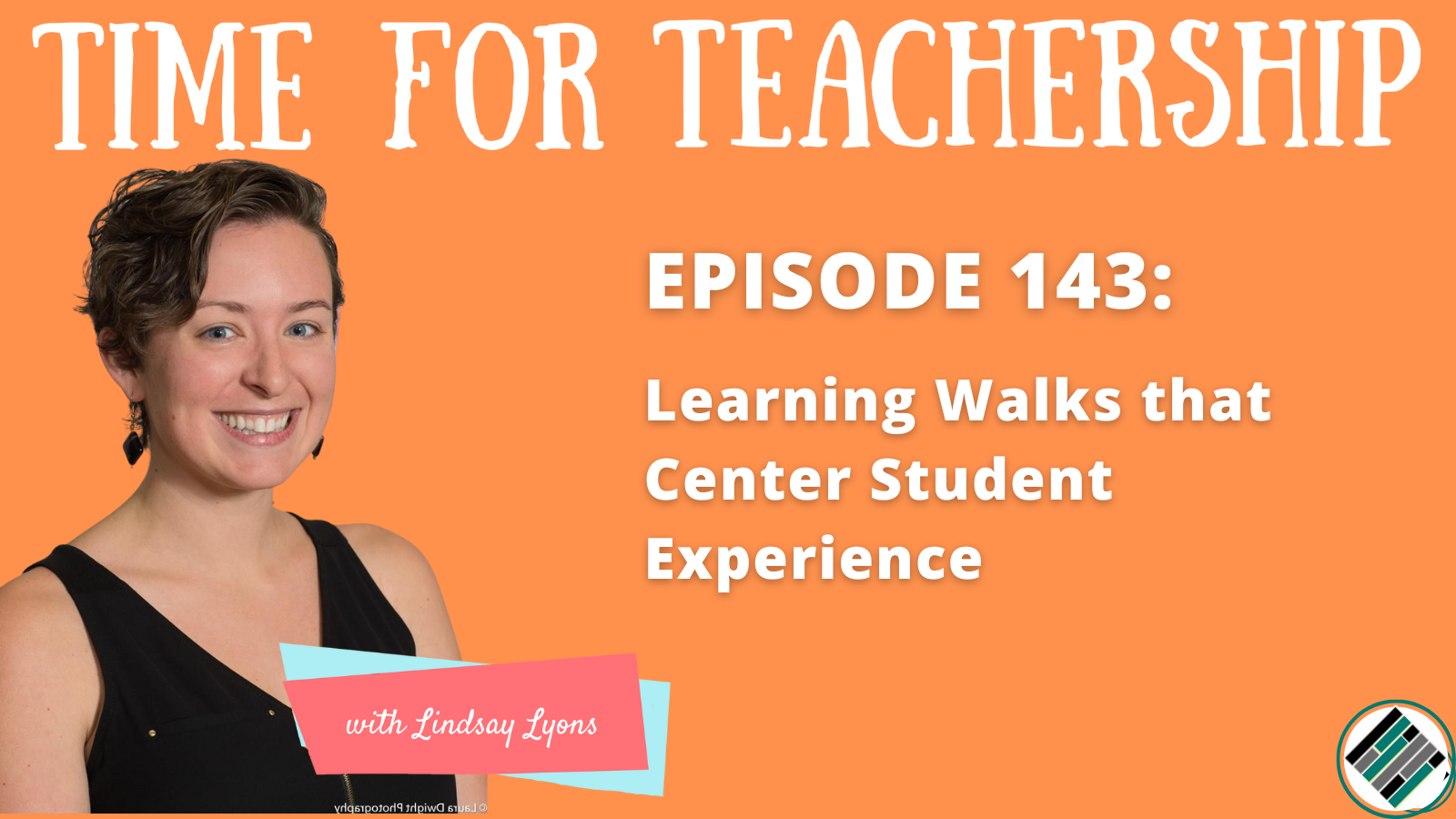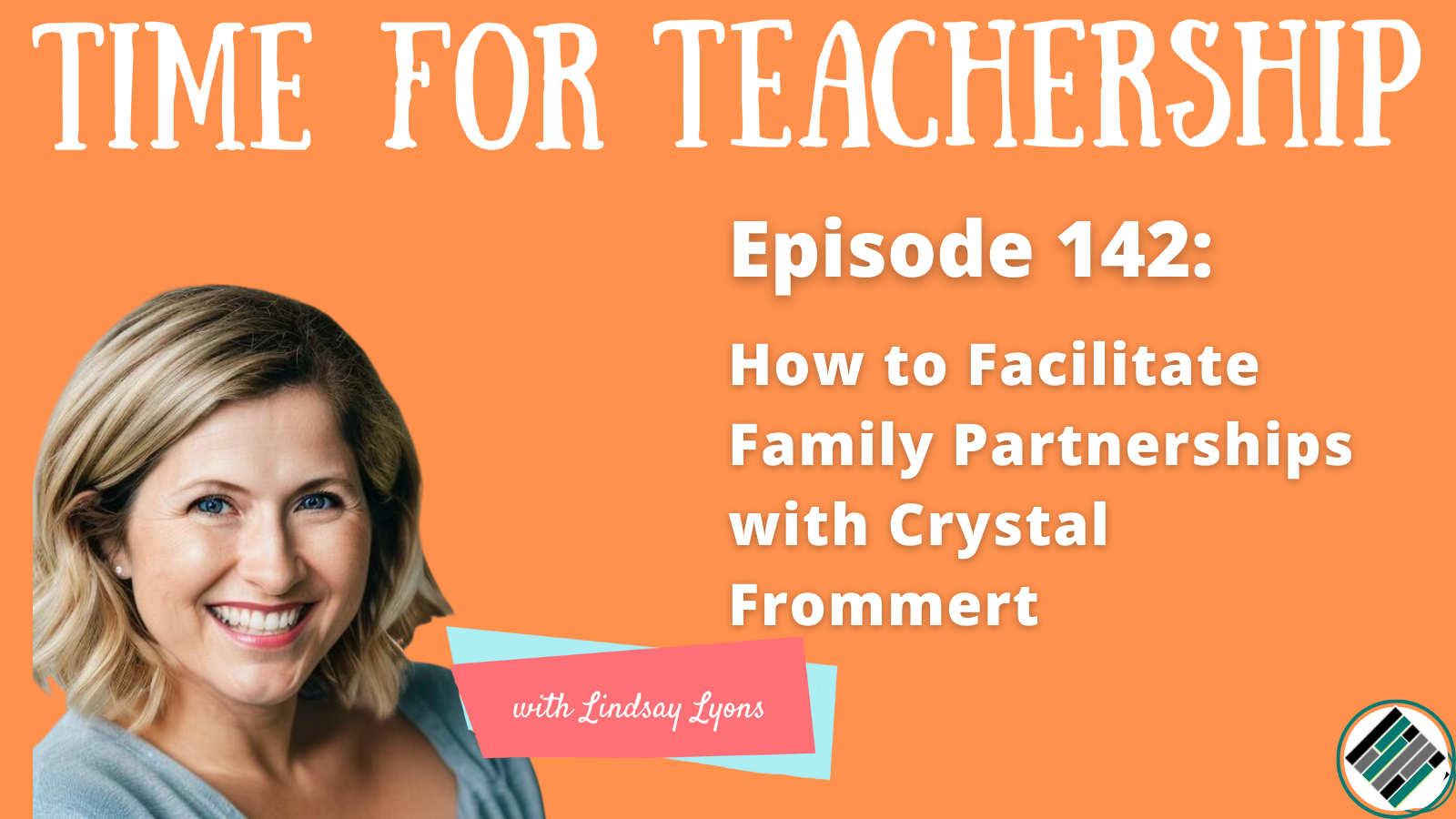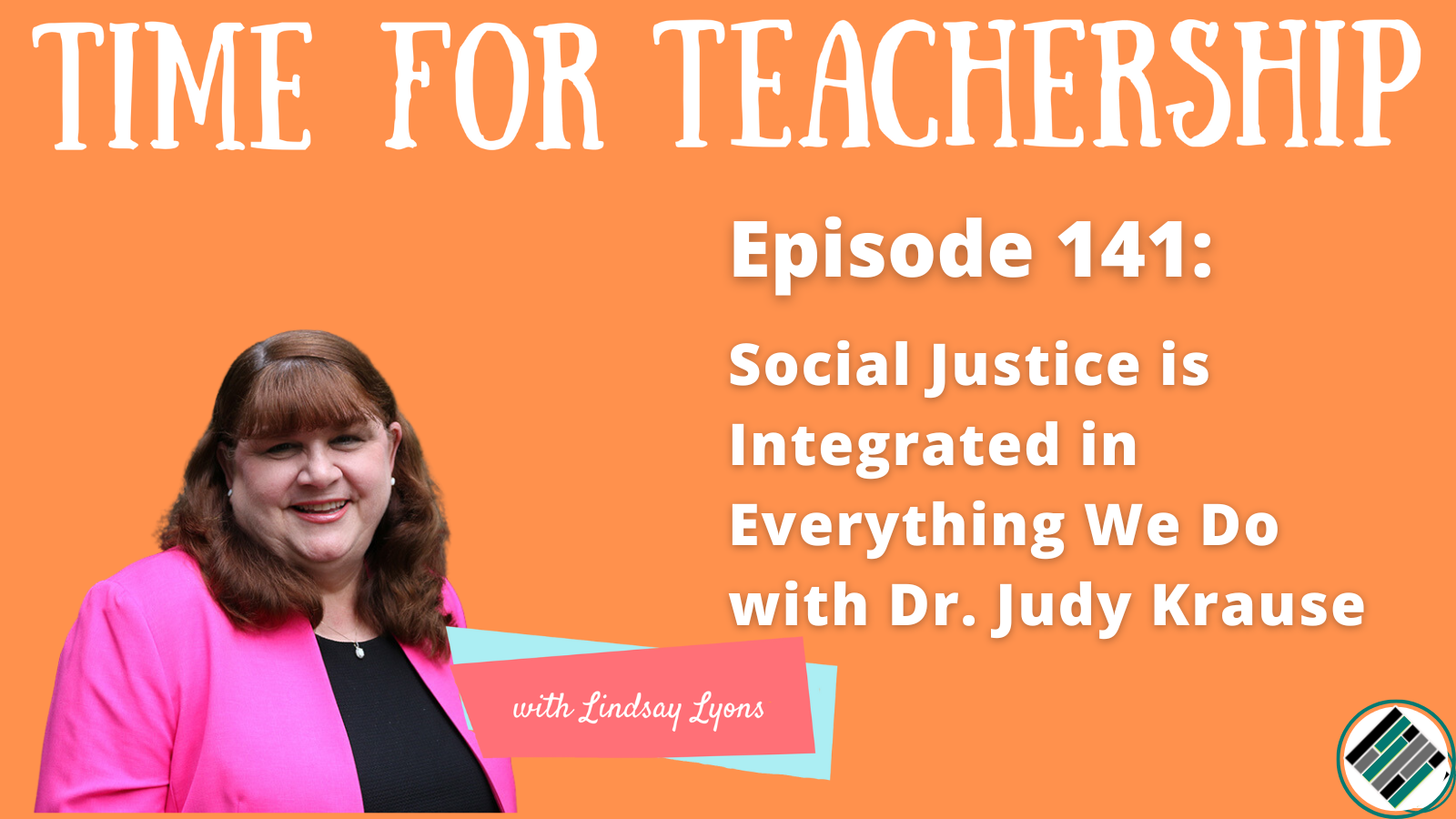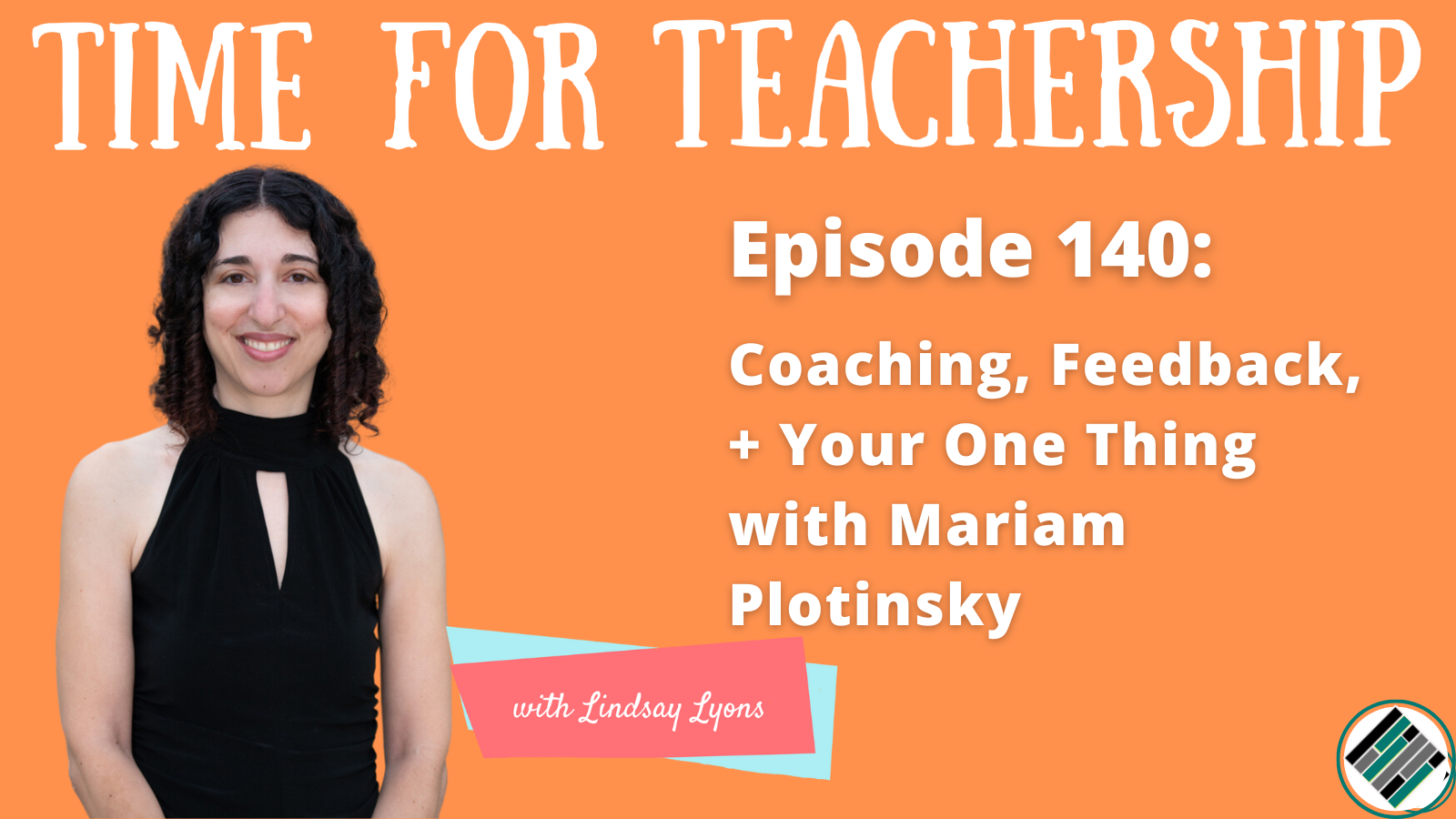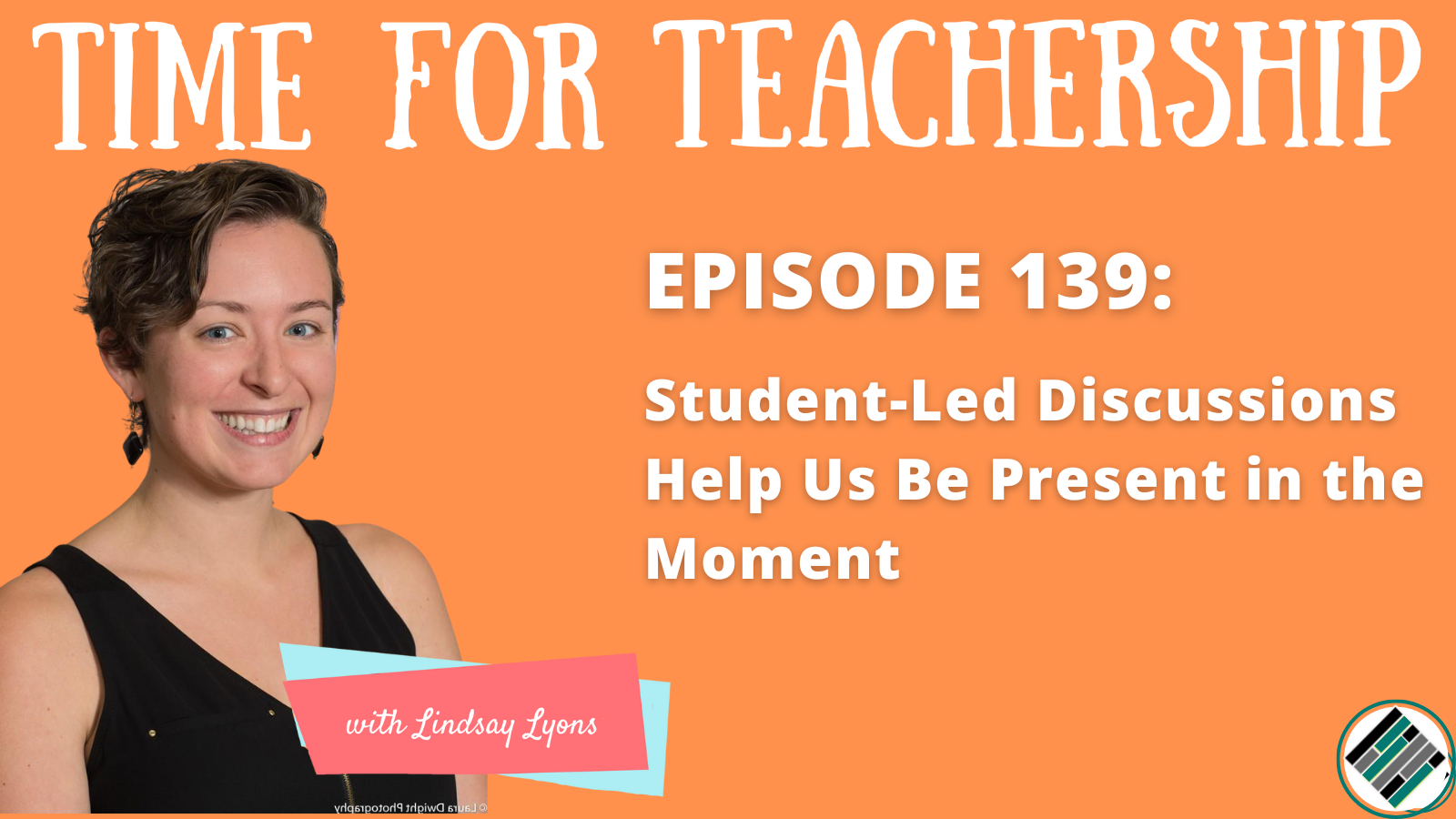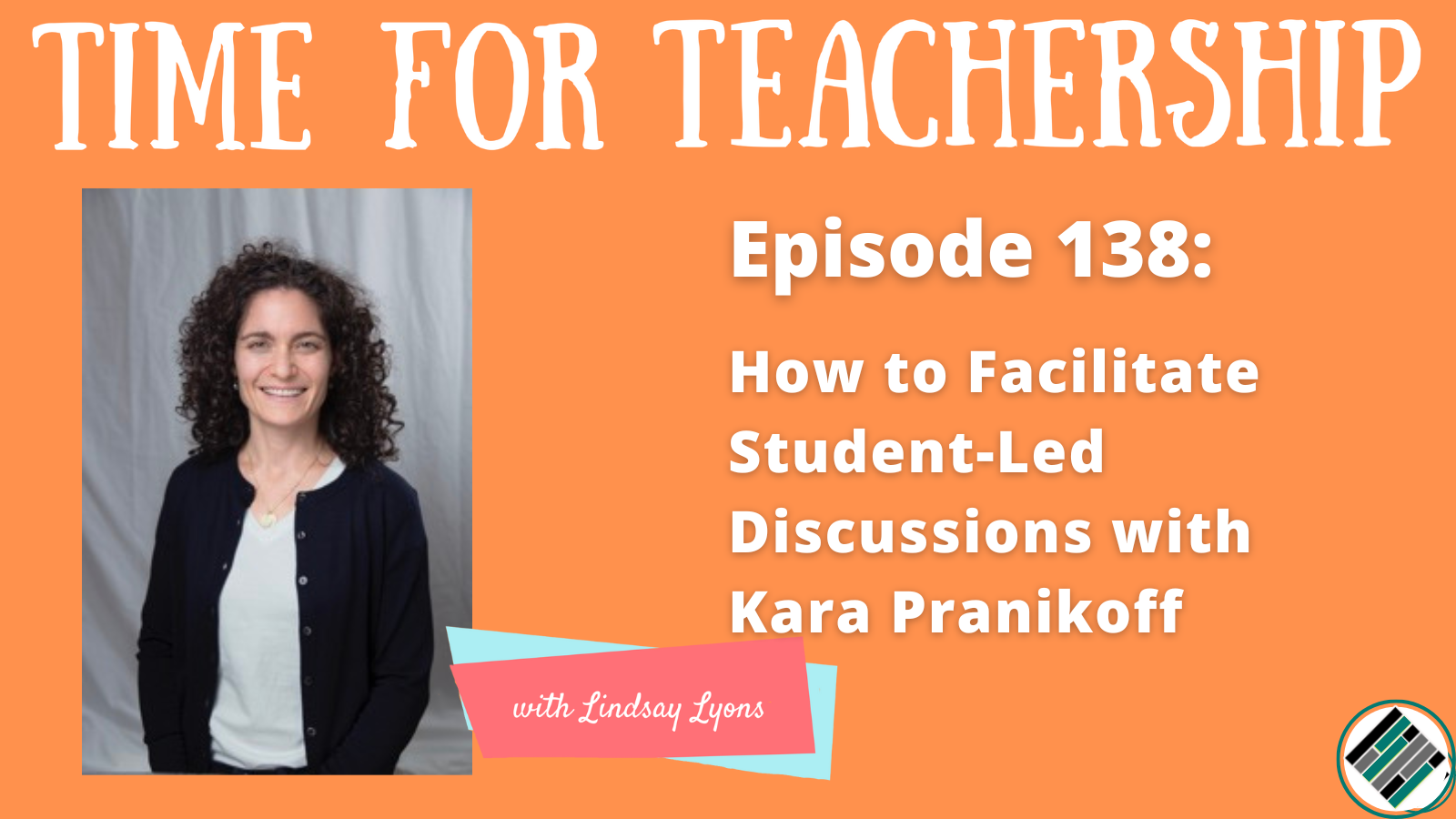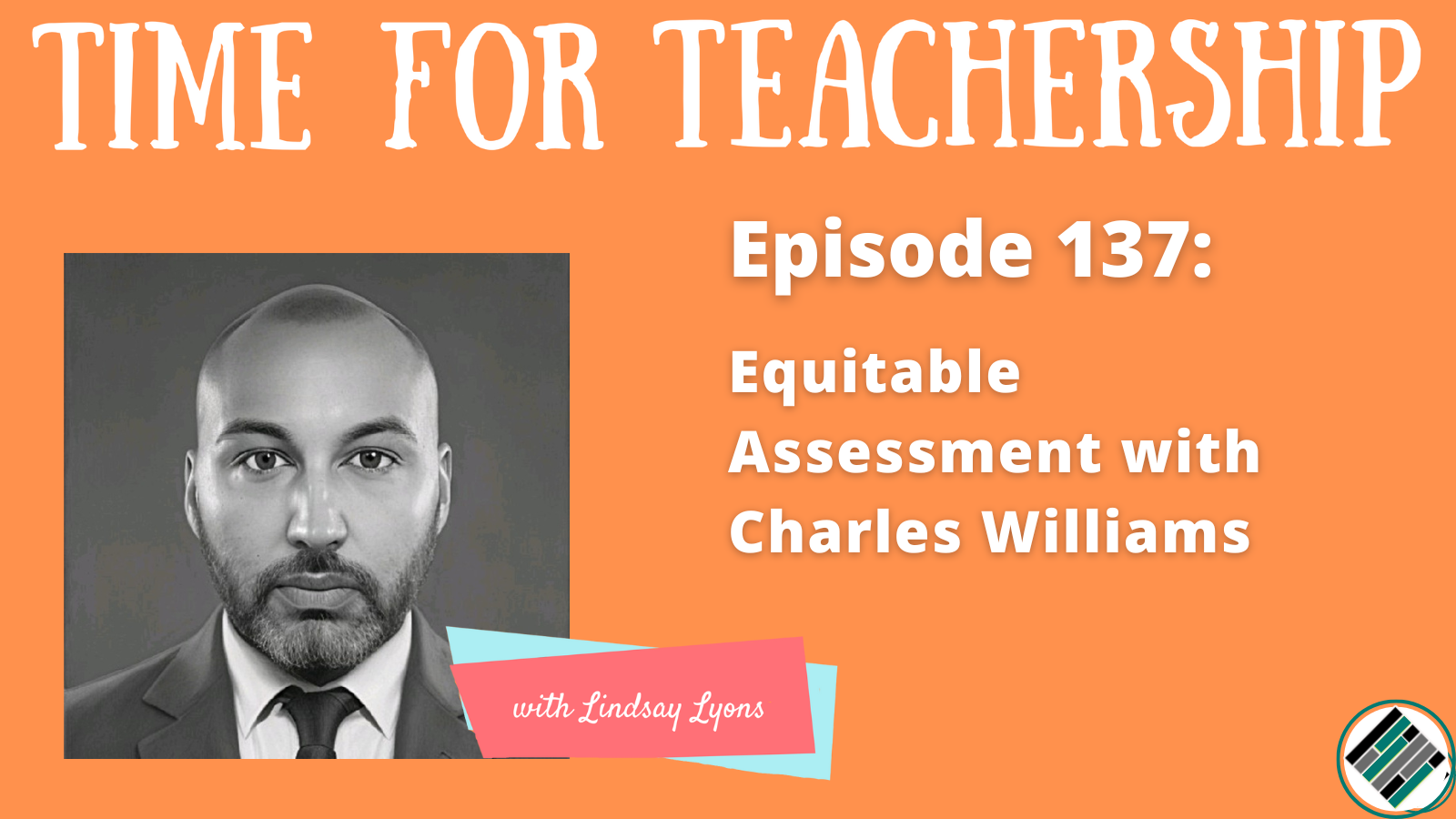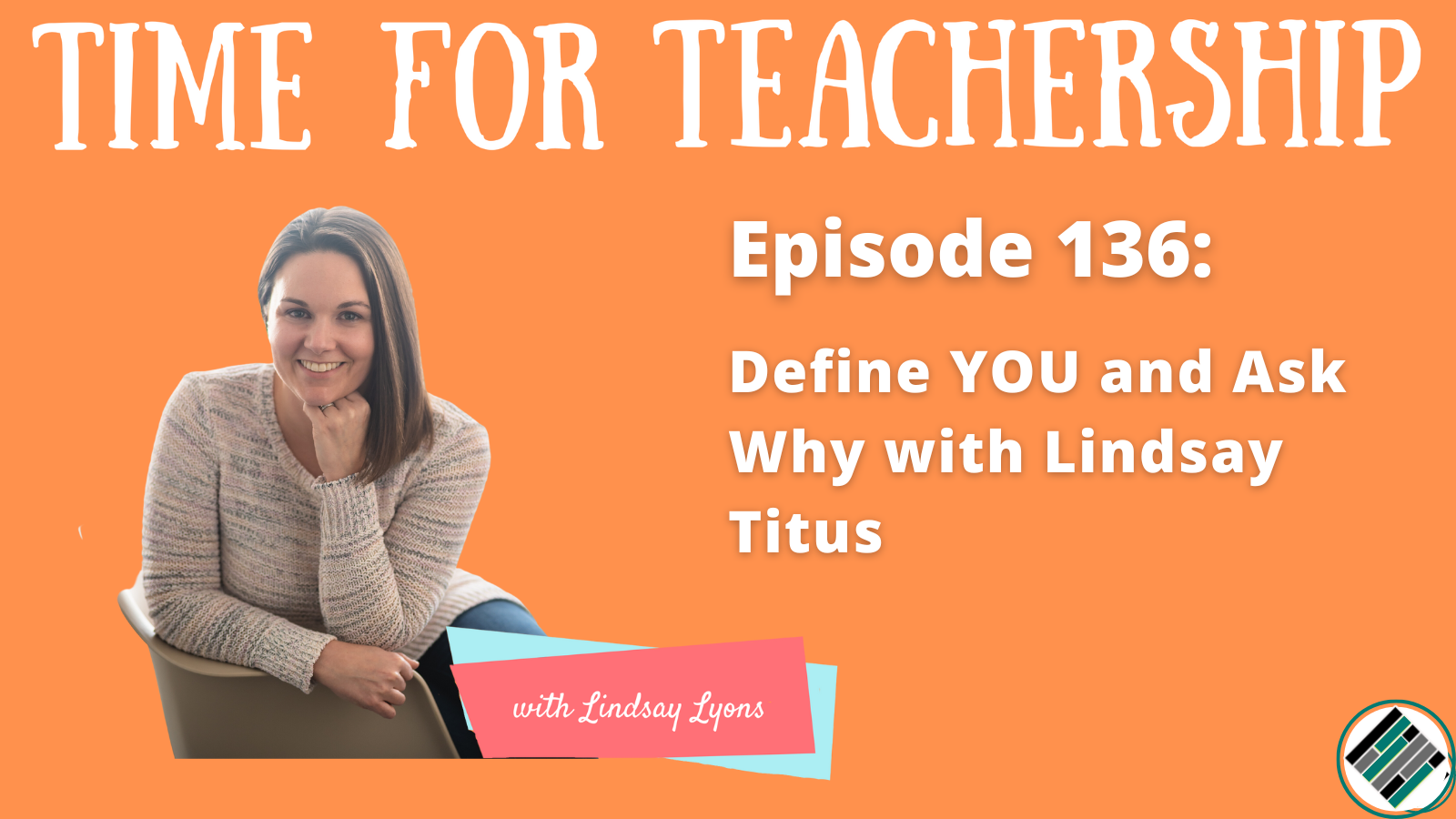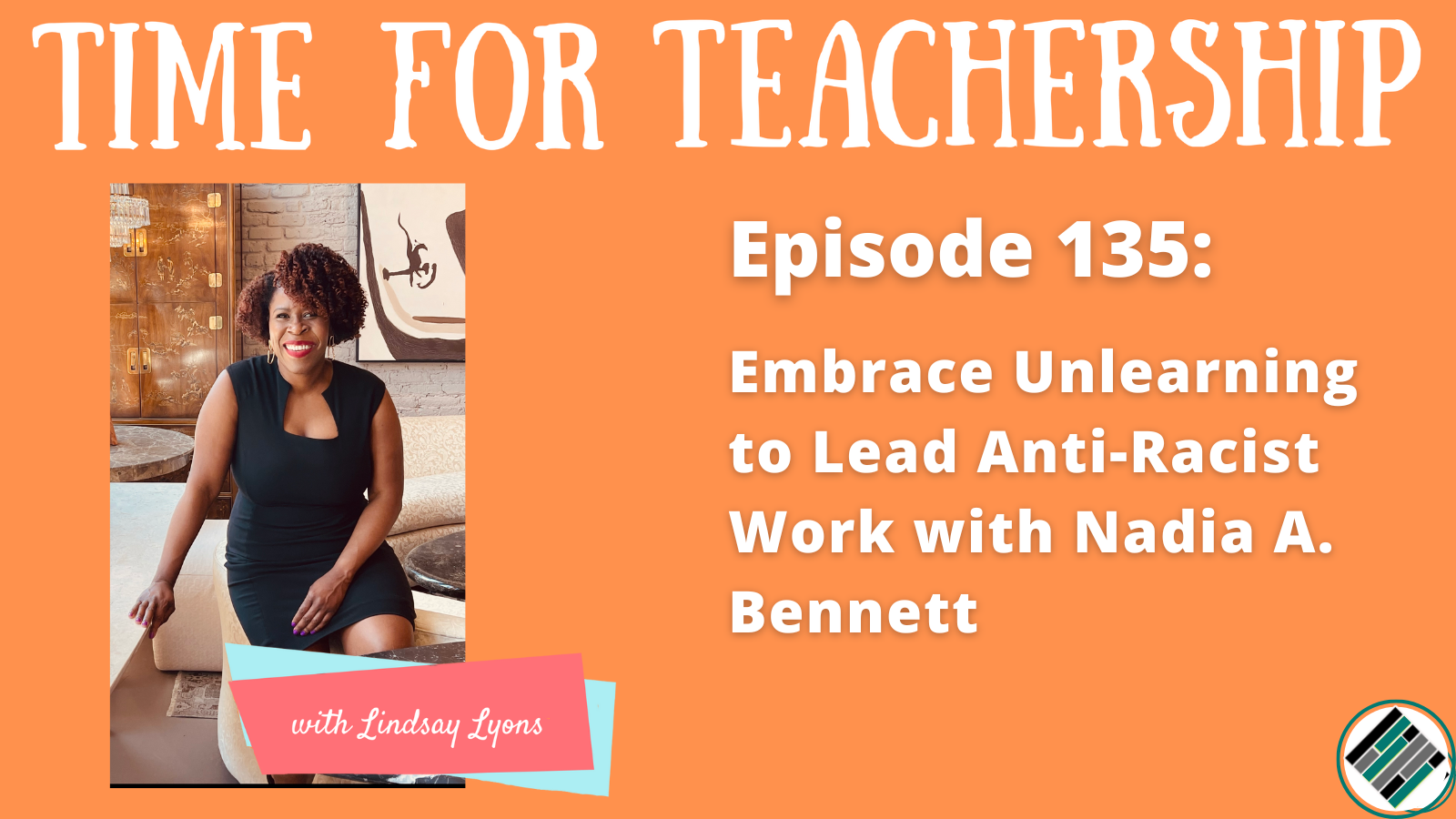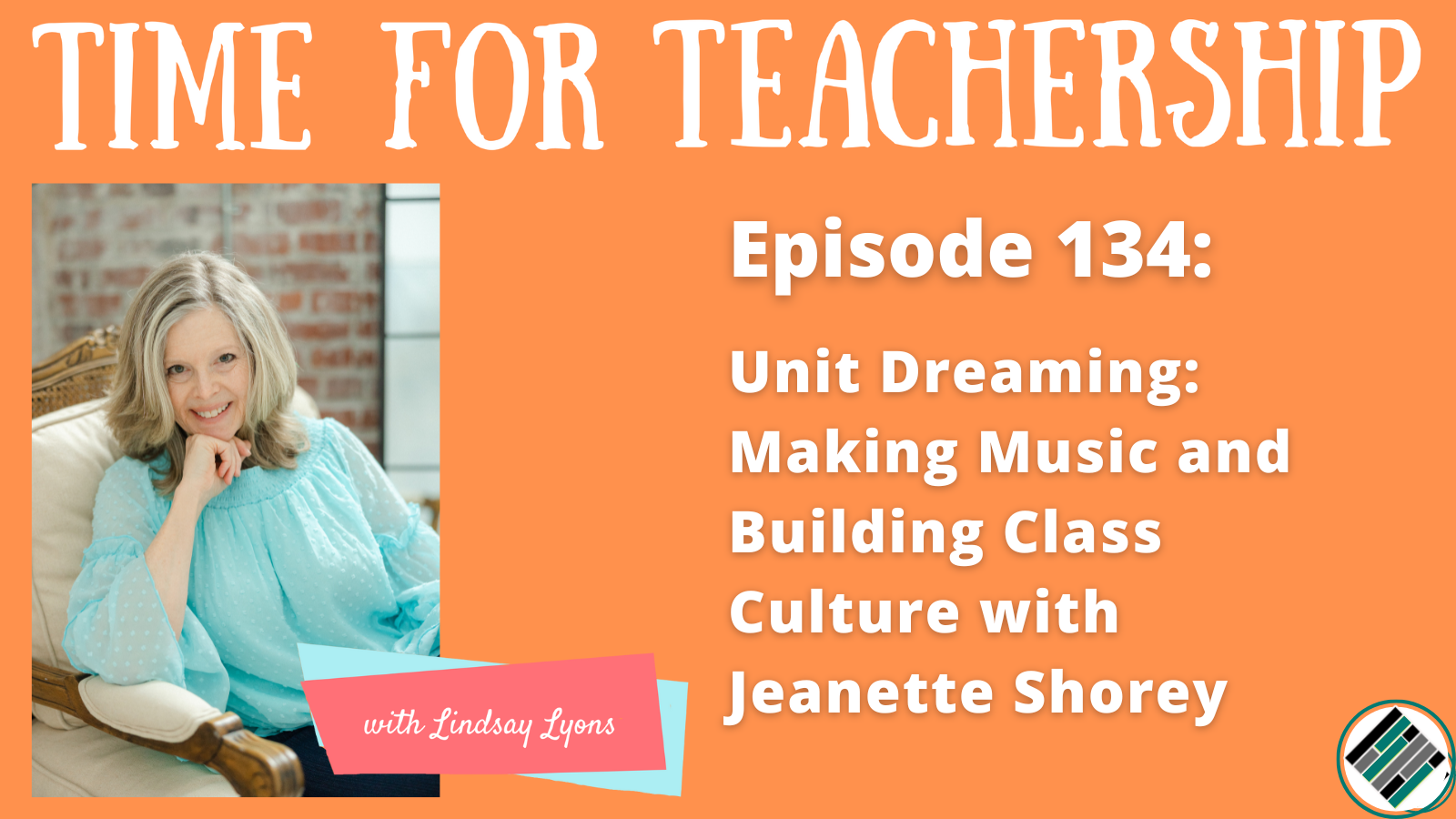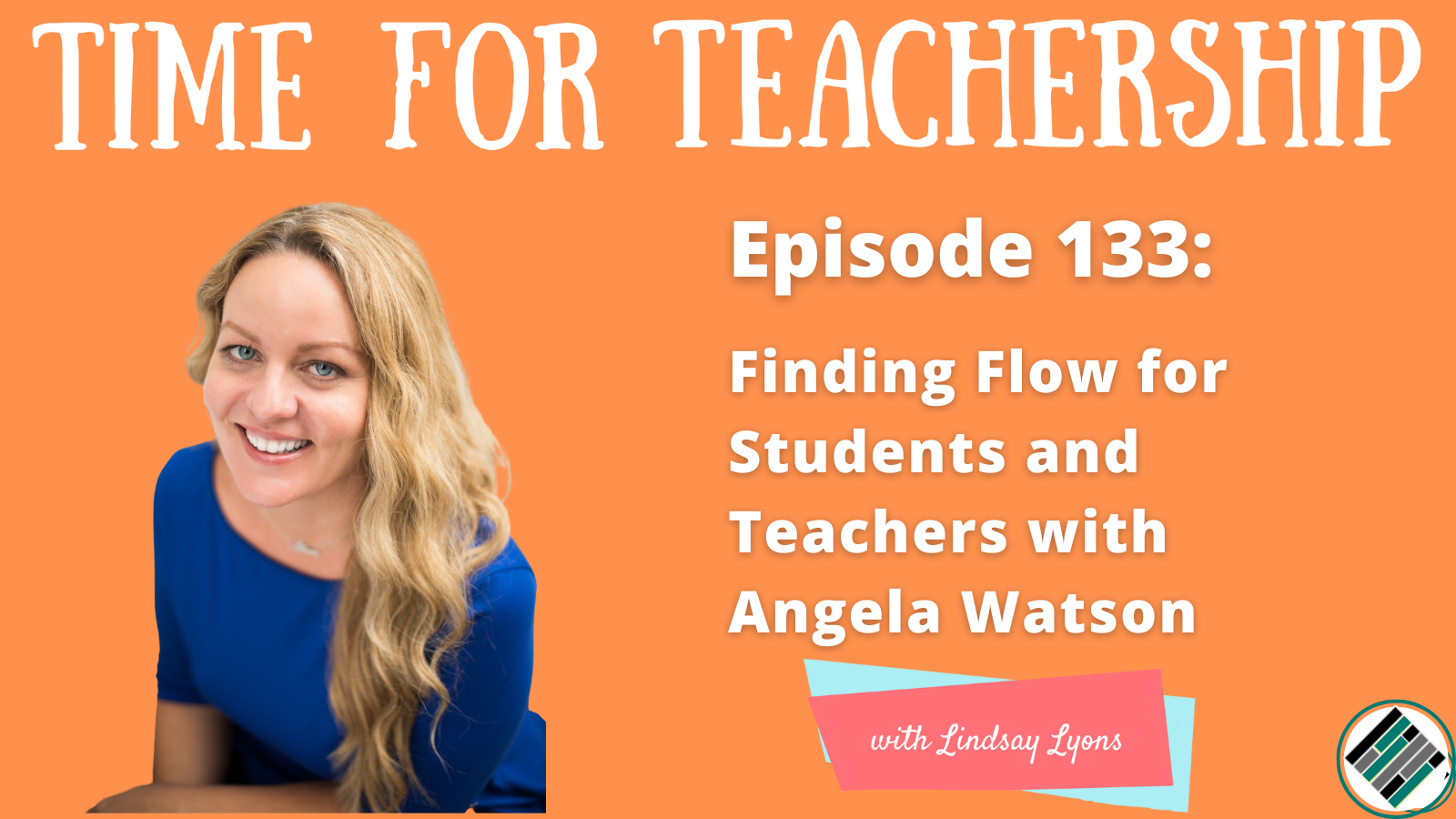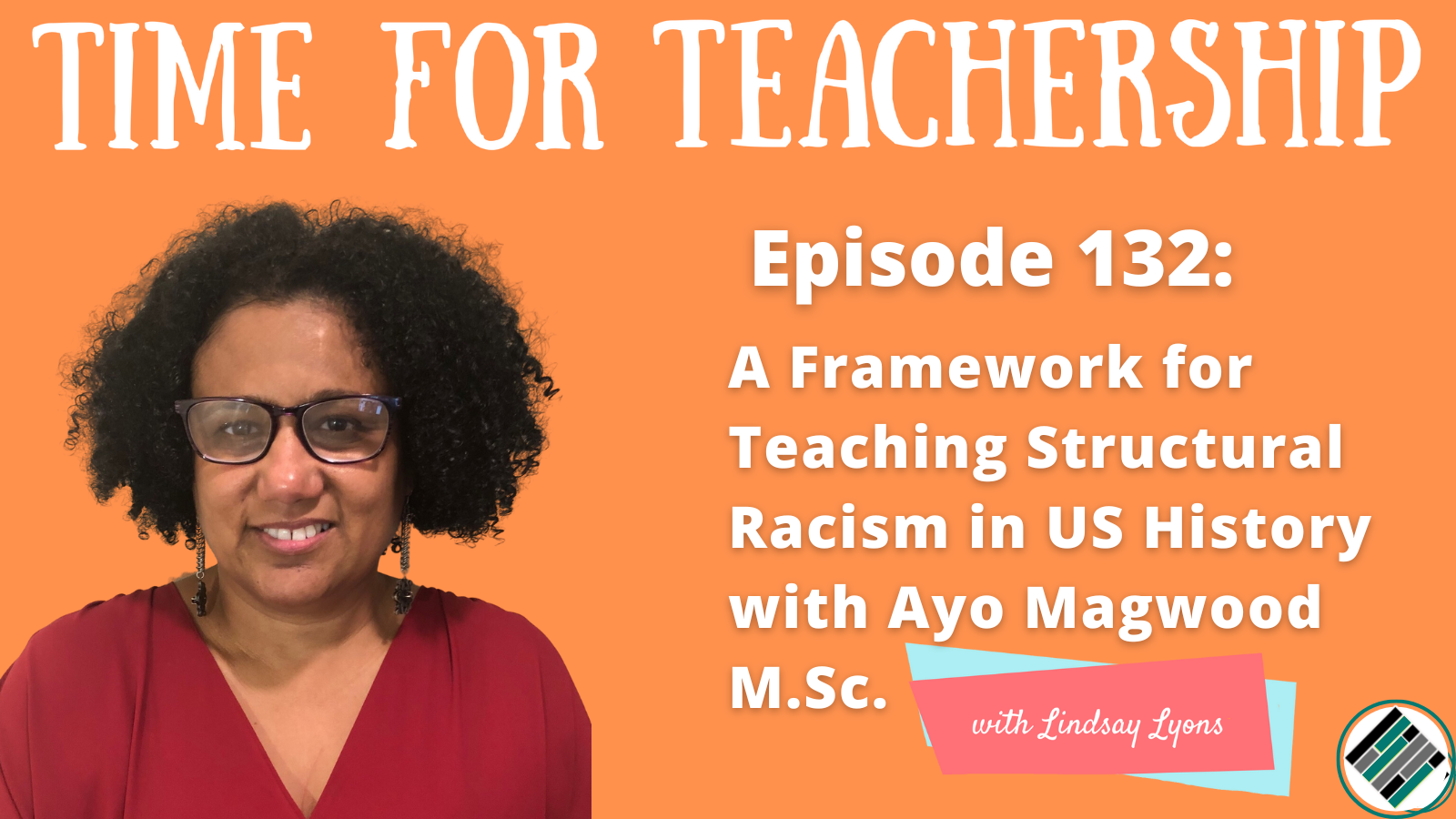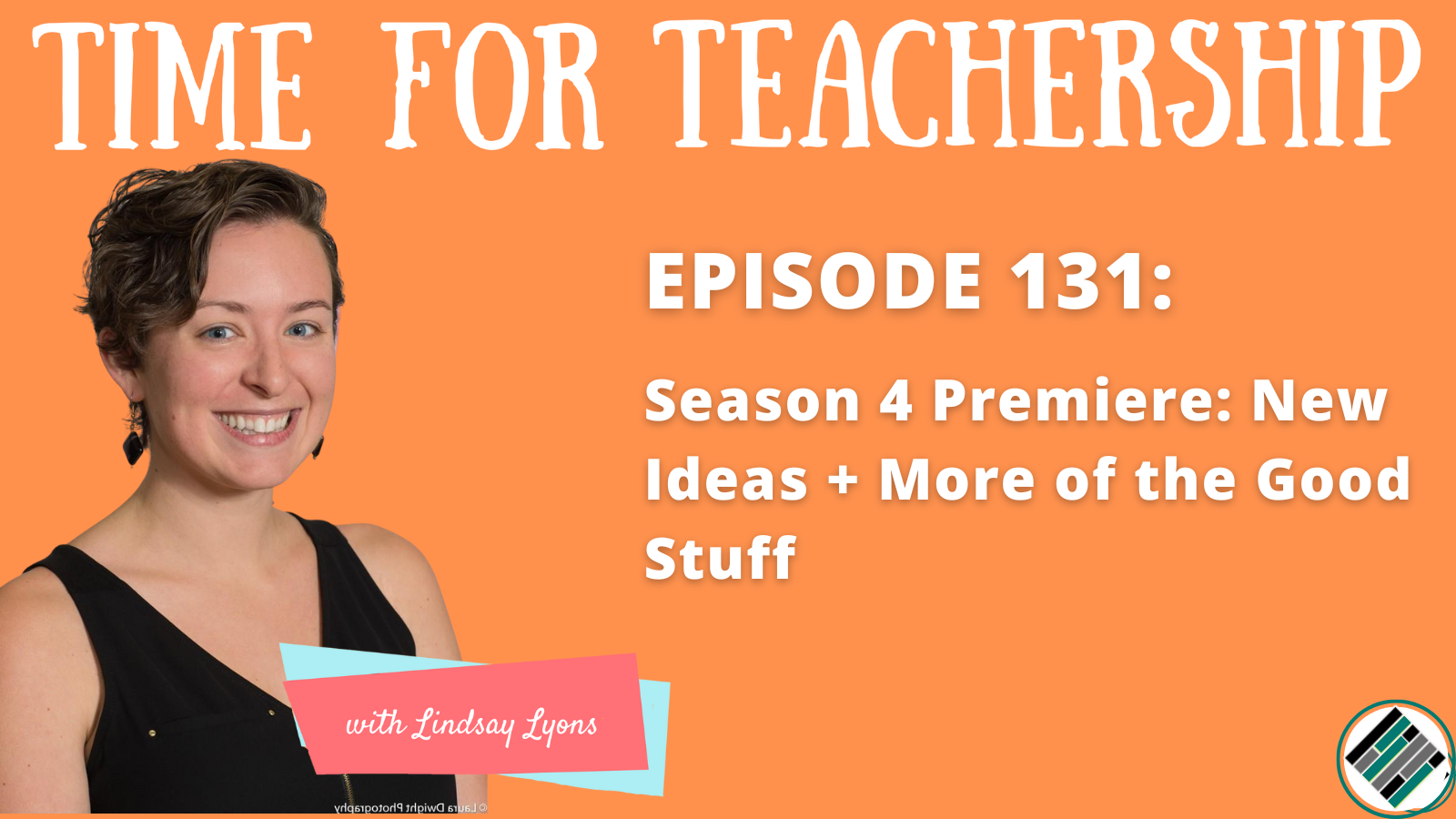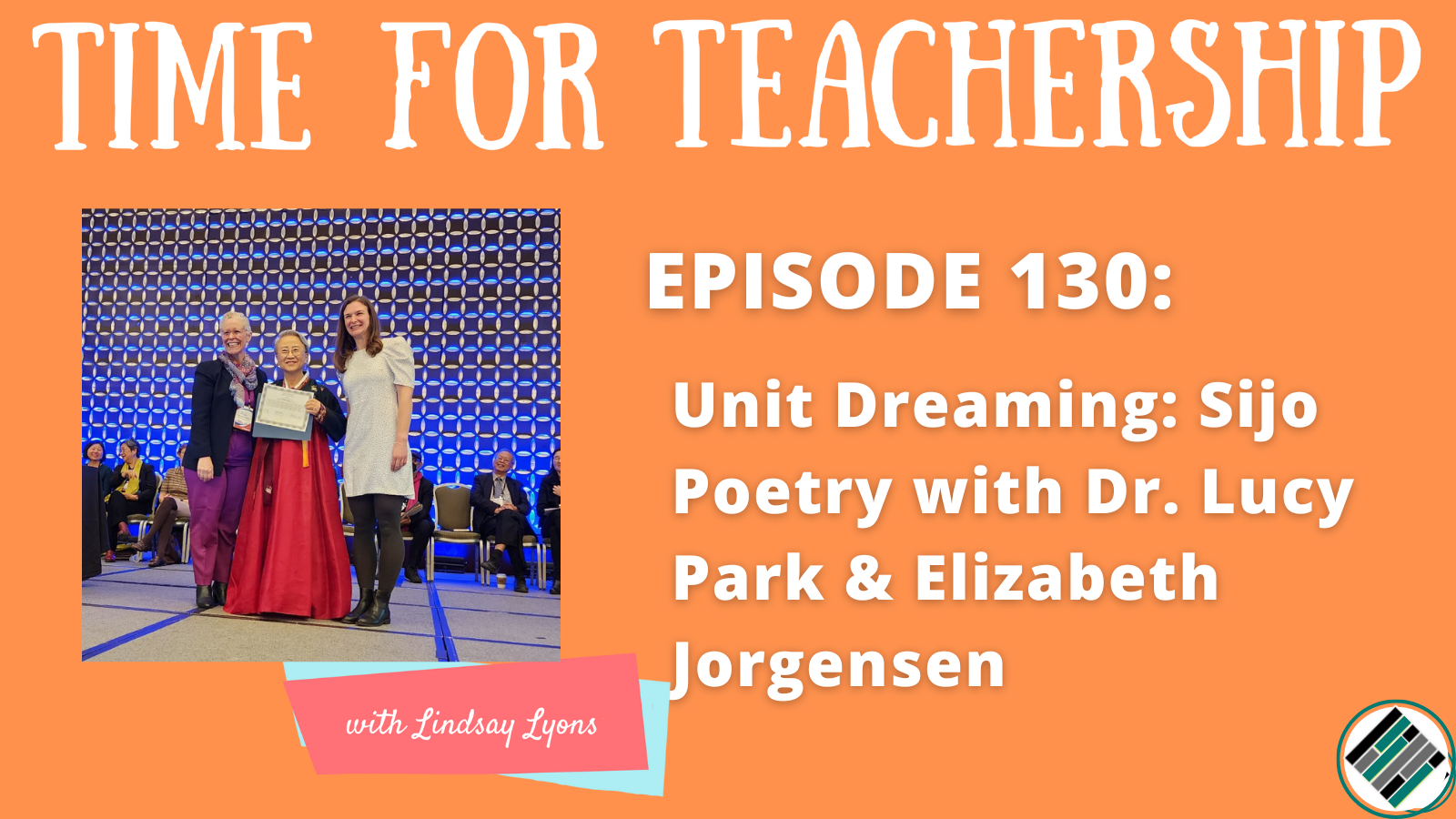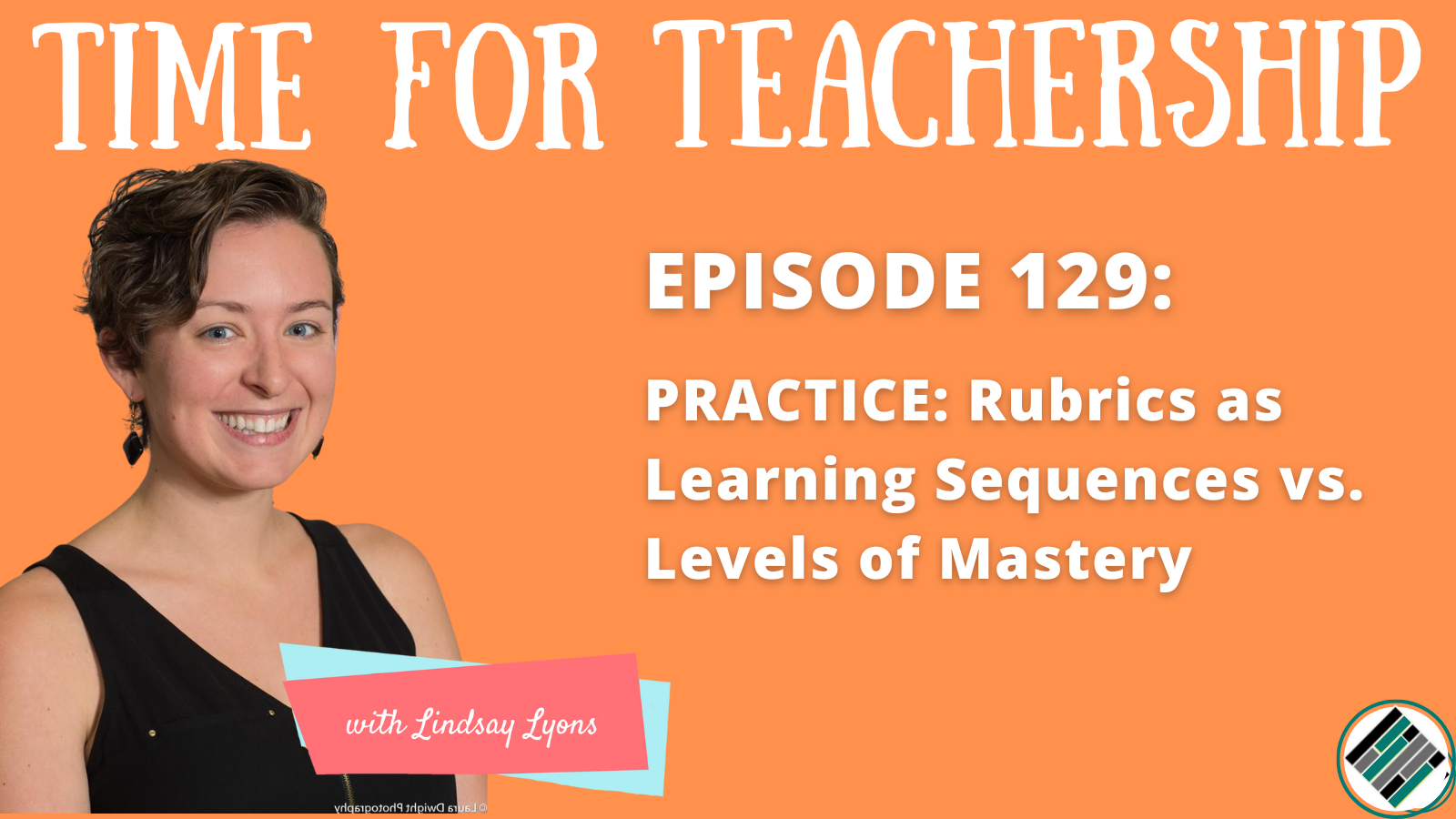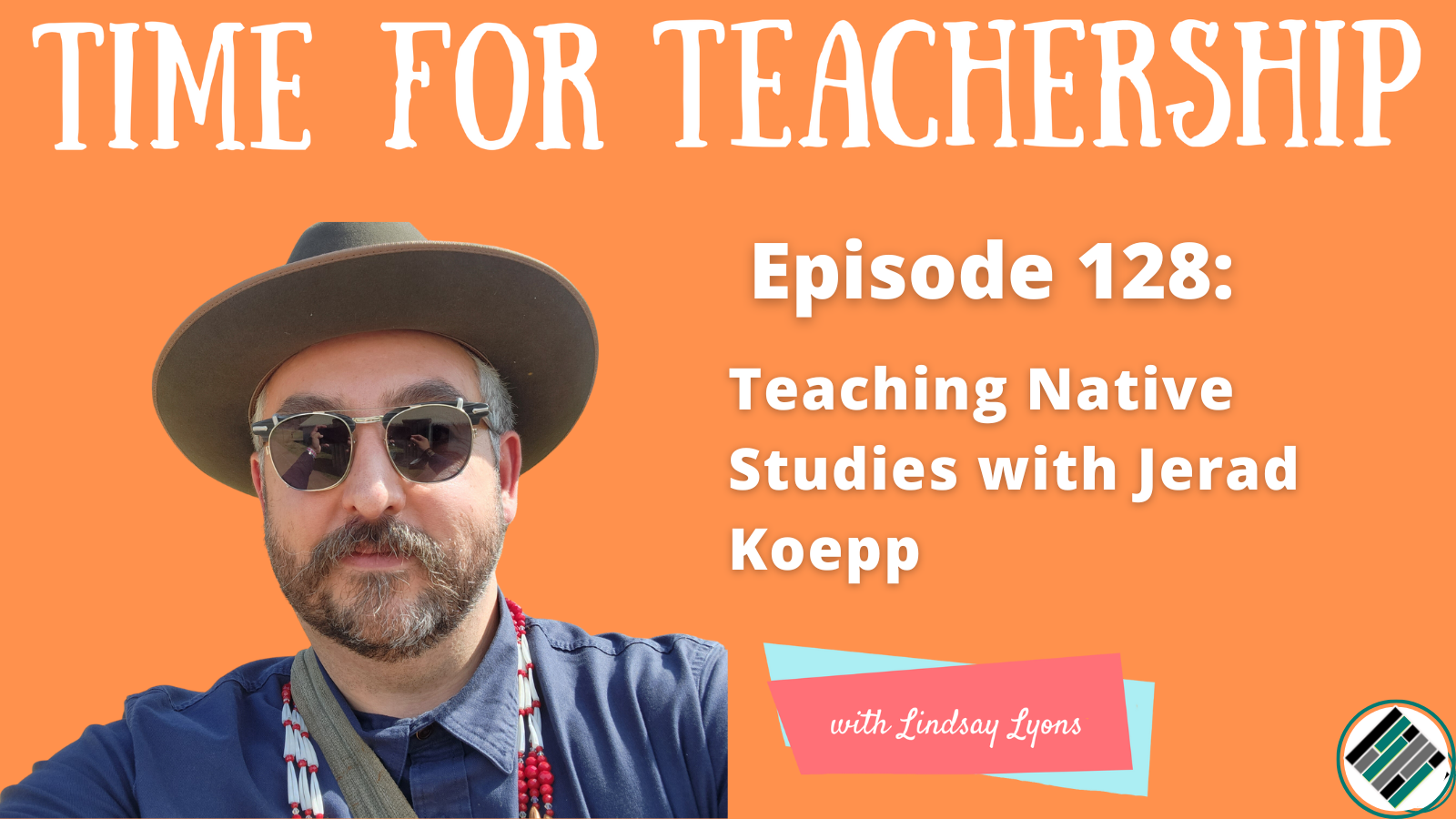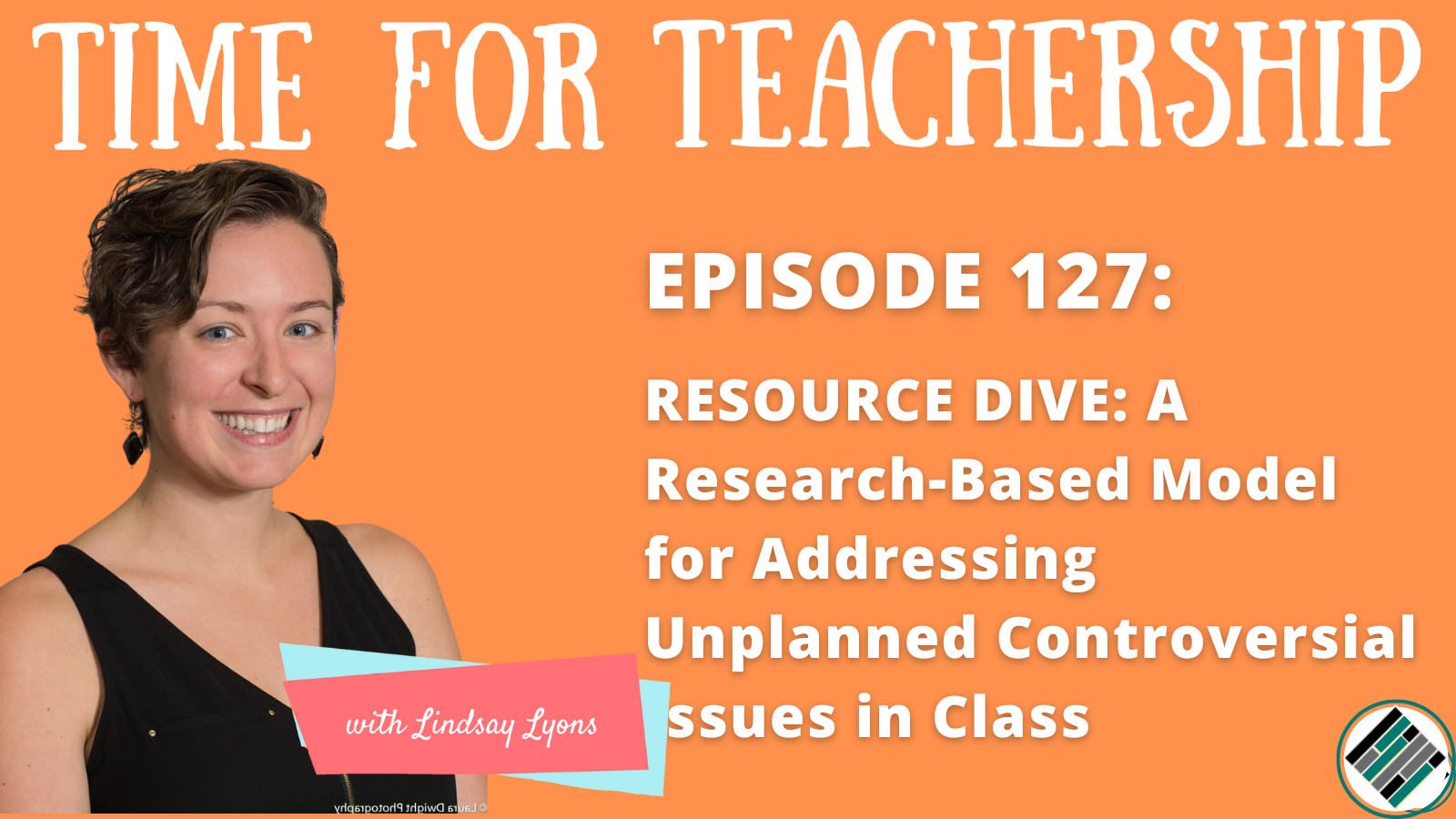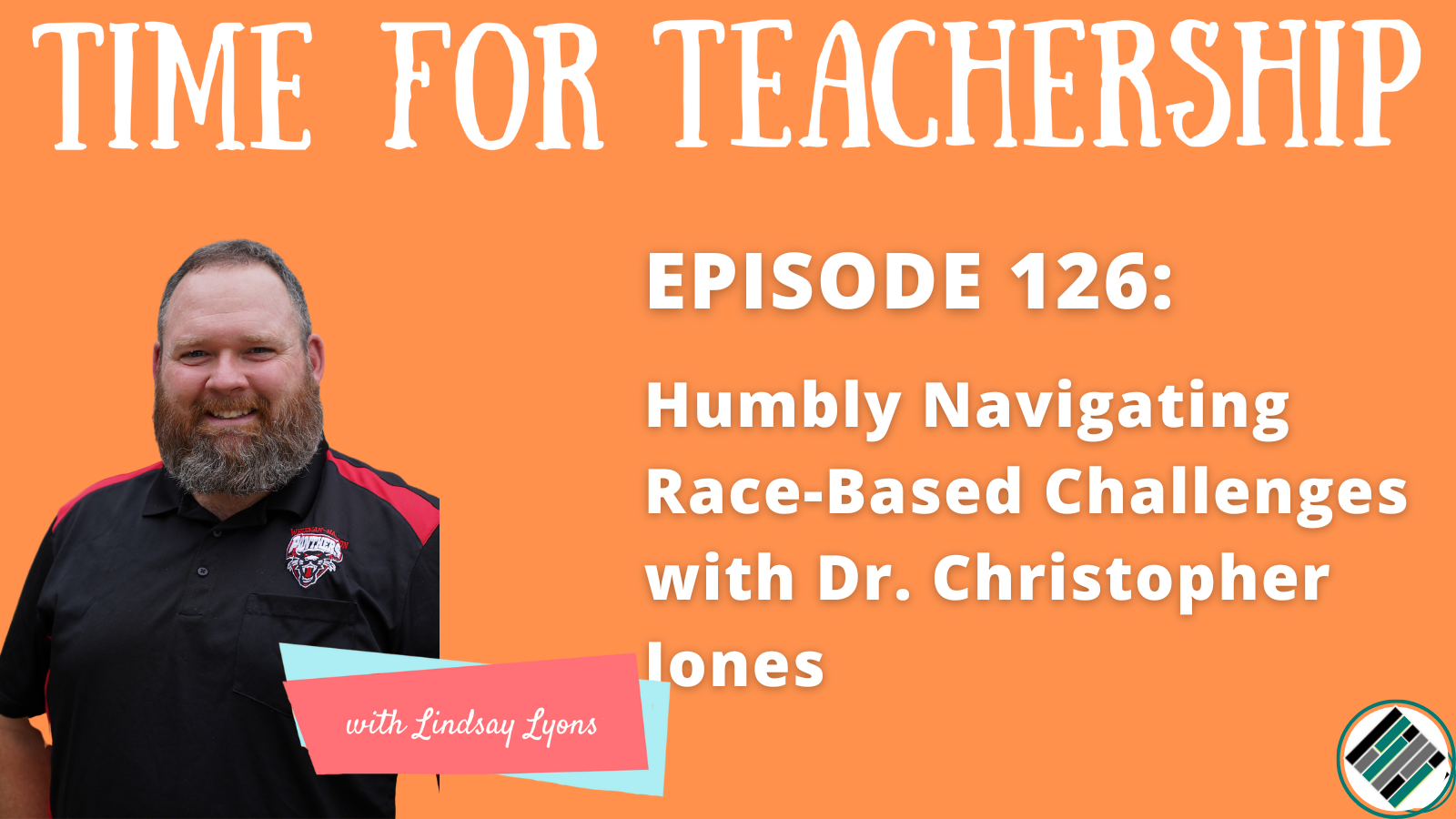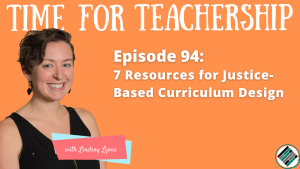
No matter how long you’ve been teaching, curriculum design requires ongoing growth and development. Creating relevant and impactful curriculum that hits learning targets is no easy task! But if we want to truly set up our students for success in this world, it’s a necessary one.
To help make this process a bit simpler, I’ve pulled together seven resources to support justice-based curriculum design. Some are pre-determined projects while others are resource banks to pull from. Either way, they’re designed to help you build curriculum that gets students to think, engage, and learn through a justice-focused lens.
I elaborate on all of these resources on episode 94 of the Time for Teachership podcast, so if you want the full run-down, have a listen!
7 Resources for Justice-Based Curriculum Design
There are two categories within this list of resources. The first three are specific project-based curriculum ideas that are designed to bring learning outside of the classroom. The last four are text libraries for you to access justice-centered and justice-focused resources for your classroom.
1. KQED Call for Change Youth Media Challenge
What is it? This project is designed to amplify student voices around relevant current events. Students are invited to create a 1-3-minute video or audio project about a prompt of their choosing.
There are clear standards, rubrics, and resources for teachers to use as well. All student submissions are published online, and some submissions are shared on KQED or NPR—a huge potential audience to amplify student voices!
More details: www.learn.kqed.org/challenges
2. CSPAN StudentCam
What is it? This is a similar project-based curriculum idea to the first one. Students from grades 6-12 are invited to submit a 5–6-minute video documentary on a topic that relates to this theme: If you were a newly elected member of Congress, which issue would be your first priority and why?
This competition offers cash prizes to the top 150 documentaries, totaling $100,000. It’s a great way to get engaged in current events with real-life impact and some cash incentive.
More details: www.studentcam.org
3. Learning for Justice: Do Something
What is it? Learning for Justice has compiled 34 different performance tasks that are designed to have students demonstrate their anti-bias awareness and civic competency in a real-world context. Tasks range from artistic showcases to a community newsletter to a film festival.
Students can pick the medium to demonstrate their knowledge and learning about relevant current events and issues.
More details: www.learningforjustice.org/classroom-resources/student-tasks/do-something
4. Learning for Justice
What is it? This resource database has over 628 different texts and resources, including social justice standards for all educators to use in their classrooms. The database can be filtered by social justice domain (i.e., race and ethnicity, ability, or religion), grade level, subject, medium, and topic.
More details: www.learningforjustice.org
5. Facing History and Ourselves
What is it? With nearly 5,000 resources in its collection, the Facing History and Ourselves website is an excellent resource for justice-centered curriculum design.
Their content is divided into topics such as democracy and civic engagement, justice and human rights, global immigration, bullying and ostracism, etc. There is also a wide variety of resource types and mediums, including blogs or webinars as well as more common types like books, podcasts, or videos.
More information: www.facinghistory.org/resource-library
6. Zinn Education Project
What is it? This is an excellent resource to access teaching materials. They’re divided into three options—time period (i.e., colonization, civil war era, cold war, present day), theme (climate justice, African American art and music, food, labor, Latinx, LGBTQ, math, sports), or resource type (books, film clips, photos).
More information: www.zinnedproject.org
7. Newsela
What is it? This learning platform is a great place to access material on current events and news stories at various reading levels. While not all of it is specifically justice-focused, it provides key texts and materials on relevant, timely issues that you want to discuss in the classroom.
More information: www.newsela.org
—
Creating justice-focused curriculum can take time and energy, especially for new educators or those who are new to this space. Luckily, there are so many resources out there to help us out!
Take a look through each of these in the list and spend some time exploring what they have to offer. Then, consider: what will this look like in my class?
For more discussion about these resources, check out episode 94 of the Time for Teachership podcast.
Quotes:
- 12:05 “When I say ‘texts,’ that could be written text. It could be an article or song lyrics—it could also be a video, a picture, oral history recording from the library of congress. It could be some other piece—a poem or something. It doesn’t always have to be the written word. But I just want to name that it could be any sort of video, audio, textual thing.”
- 12:50 “When we’re designing around justice, it feels very helpful to have a go-to text library … which is like a resource bank for justice-centered or justice-related resources.”
- 17:08 “I like the arts component, because I think it also gets after joy. In many ways when we talk about oppression, we talk about justice, we forget the joy elements.”

